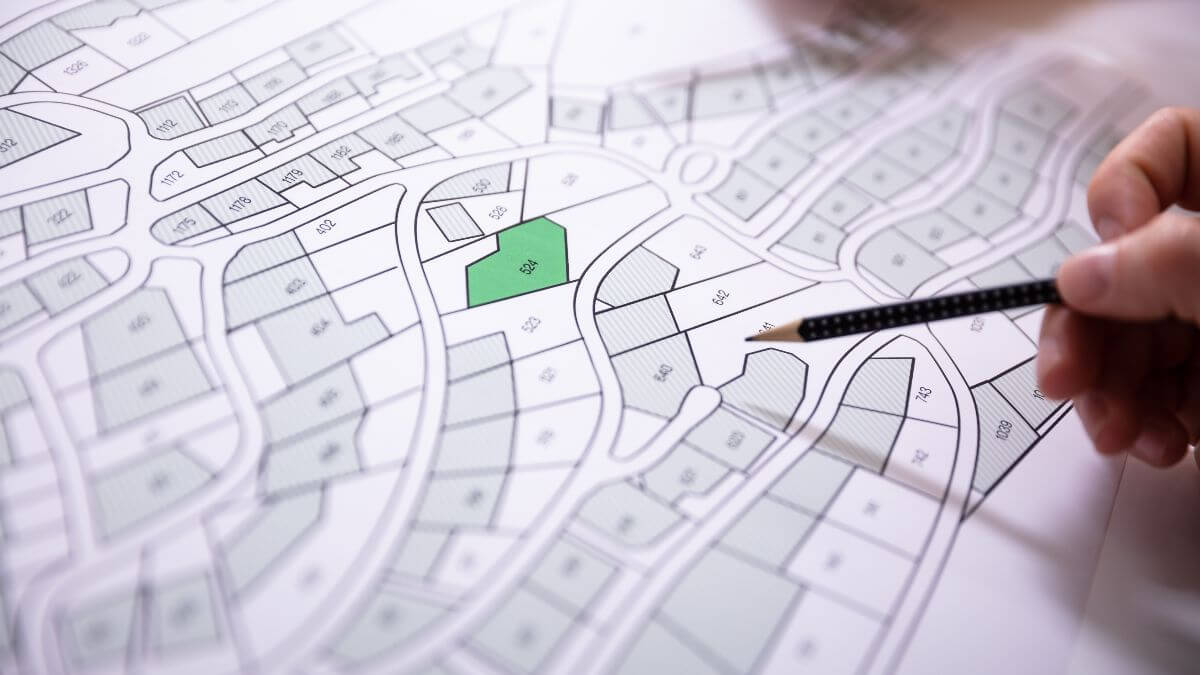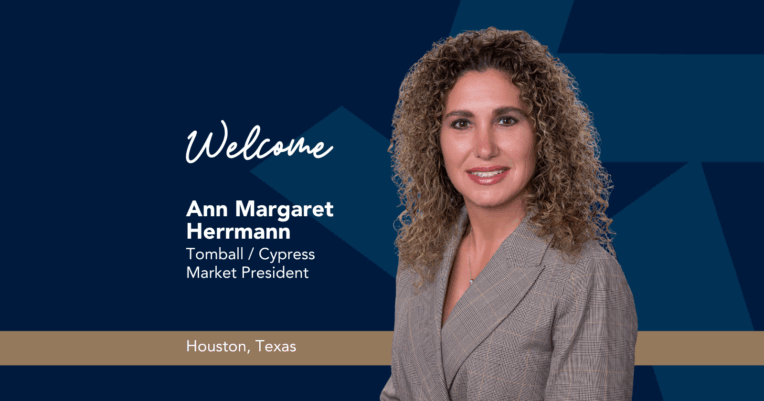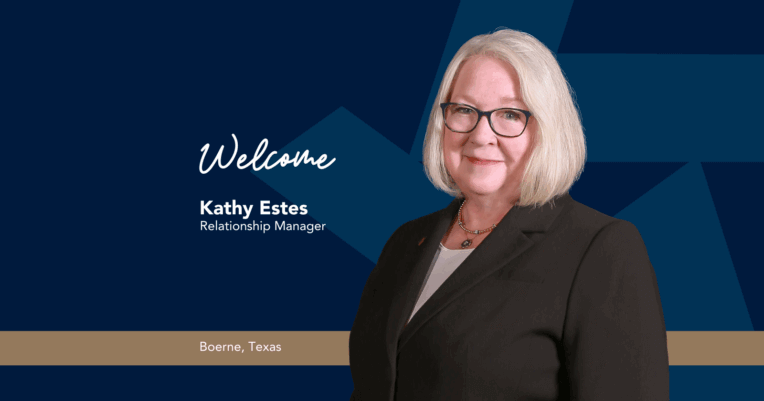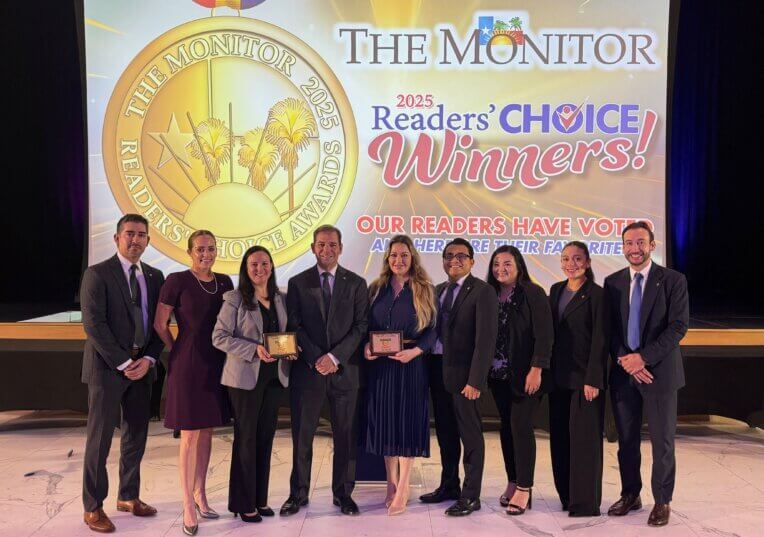If you’re building a home from the ground up, you need financing for the construction phase and homeownership phase. The loans serve two different purposes but can get confusing and expensive when you get them separately. That’s one advantage of the one-time close construction-to-permanent loan; it offers everything you need in one loan to build and live in your home.
Before you apply for and take out a construction-to-permanent loan, here are a few things to consider:
In This Article
- You pay interest-only during the construction phase.
- You’ll need money to live elsewhere while the home is built.
- The loan converts to a permanent mortgage once the building is complete.
- Most new home construction loans include a contingency reserve.
- Interview several builders before deciding.
- Final Thoughts
- Contact form
Key Takeaways:
- The construction phase of building a home is the most exciting and overwhelming part of building a home.
- New home construction can take up to a year, which means you need money to live somewhere in the meantime.
- Building a home is exciting – you get to customize everything just how you want it. Having the right financing makes the process less overwhelming and more fun.
You pay interest-only during the construction phase
The construction phase of building a home is the most exciting and overwhelming part of building a home. You make a lot of decisions during this time and need a lot of capital.
A construction-to-permanent loan can provide the funds needed to build your home while requiring interest-only payments only on the money you’ve withdrawn. This leaves you more money to cover your living expenses while you live in another home waiting for the builder to complete construction.
You’ll need money to live elsewhere while the home is built
New home construction can take up to a year, which means you need money to live somewhere in the meantime. Include enough money in your personal budget to cover the mortgage or rent costs of your home while you wait for your new home to be built.
The loan converts to a permanent mortgage once the building is complete
Once your builder obtains the occupancy permit, you are done with the construction phase and need a permanent mortgage to finance the home’s cost. The construction-to-permanent loan automatically converts, giving the financing needed to buy the home.
You’ll pay principal and interest payments like a traditional mortgage once this phase occurs.
Useful Links
Most new home construction loans include a contingency reserve
Because building a new home is unpredictable, most borrowers need a contingency reserve in their loan. This amount helps cover unexpected costs you may incur that weren’t in the original plans.
The contingency reserve can also be a cushion should you decide to make upgrades while building.
Interview several builders before deciding
Building a new home is a big project. Knowing your builder well is important. Don’t settle for just any builder – feel free to interview them, asking as many questions as necessary until you feel you know them well enough to make a decision.
Related Articles:
Final Thoughts
Building a home is exciting – you get to customize everything just how you want it. Having the right financing makes the process less overwhelming and more fun. A one-time close construction-to-permanent loan is a financing option worth considering. With one closing and only interest payments required during construction, you can build your house and afford your current living expenses too.
Texas Regional Bank Mortgage, NMLS Number 804865. All loans subject to approval, including credit approval. Some Restrictions may apply. Texas Regional Bank Mortgage may change the products, services, and other information described on this site at any time. Texas Regional Bank Mortgage does business as TRB Mortgage in the State of Texas.




